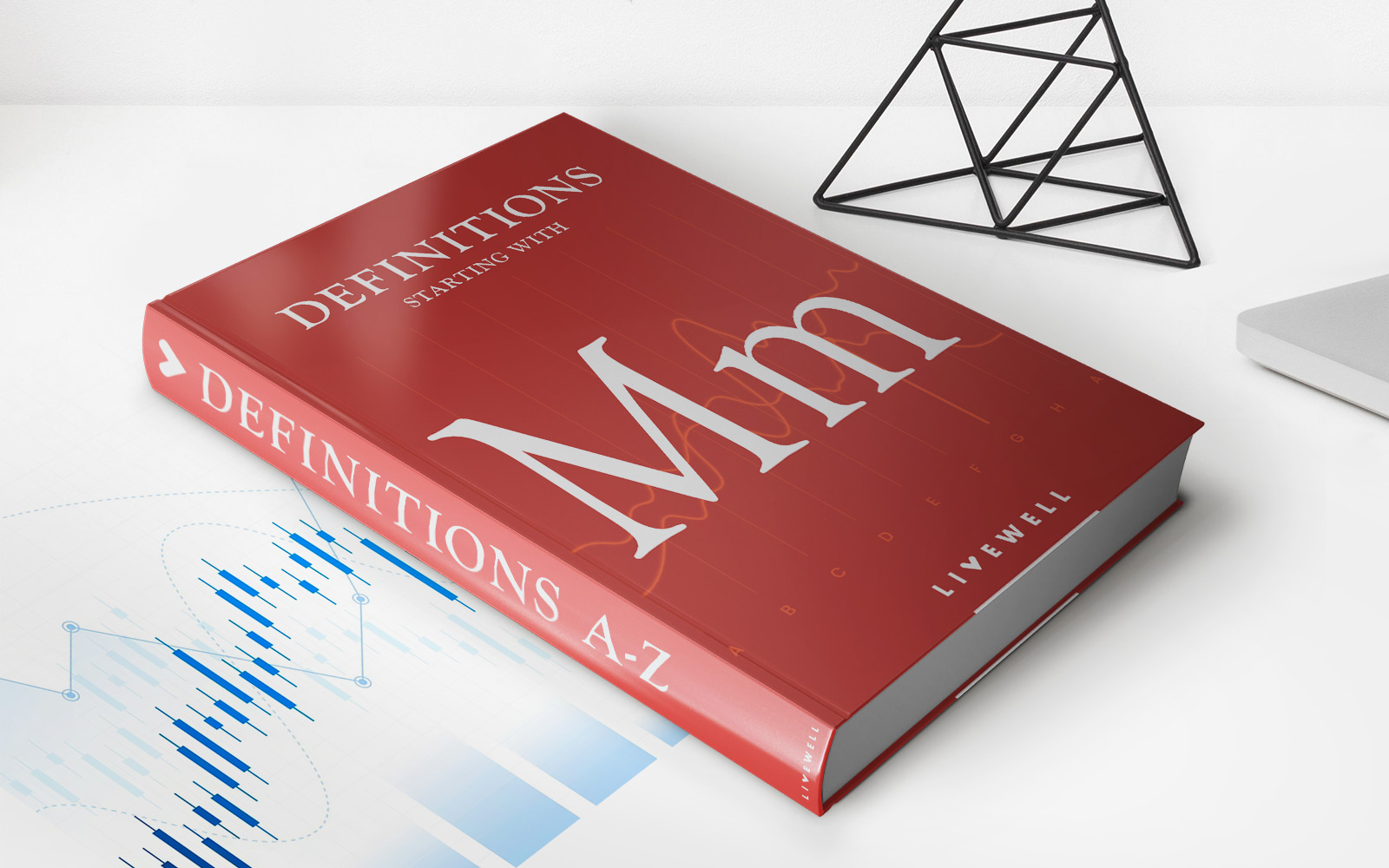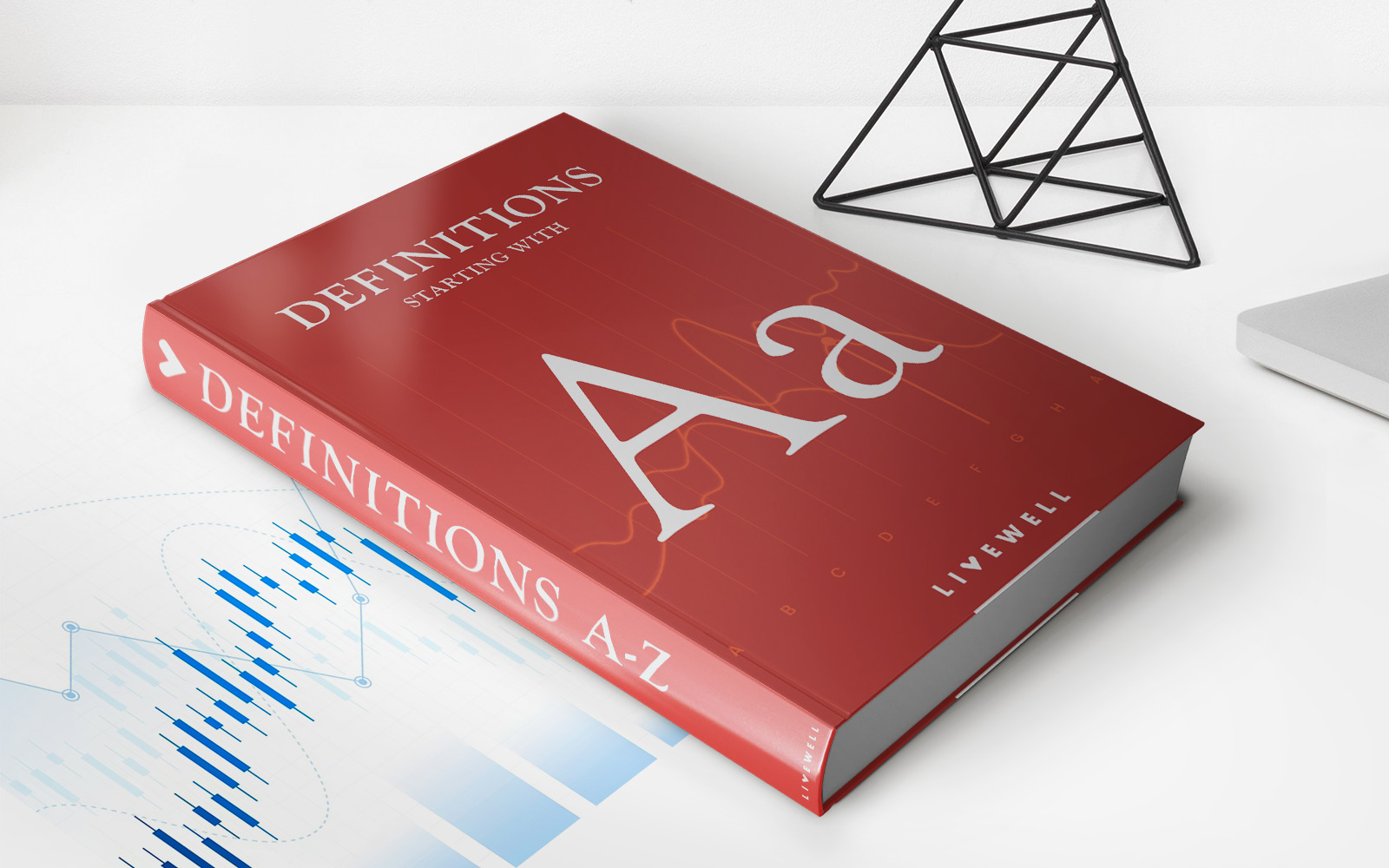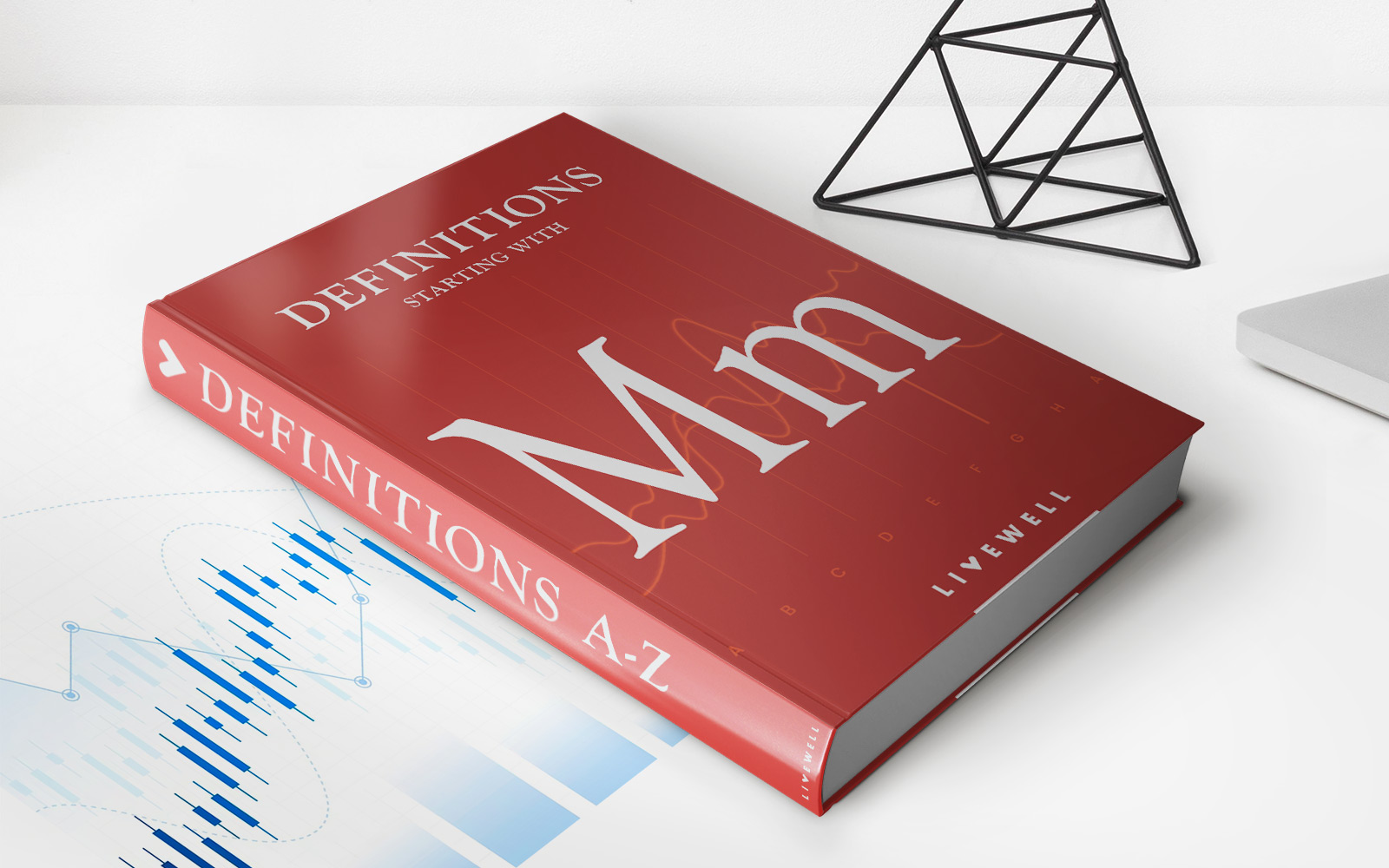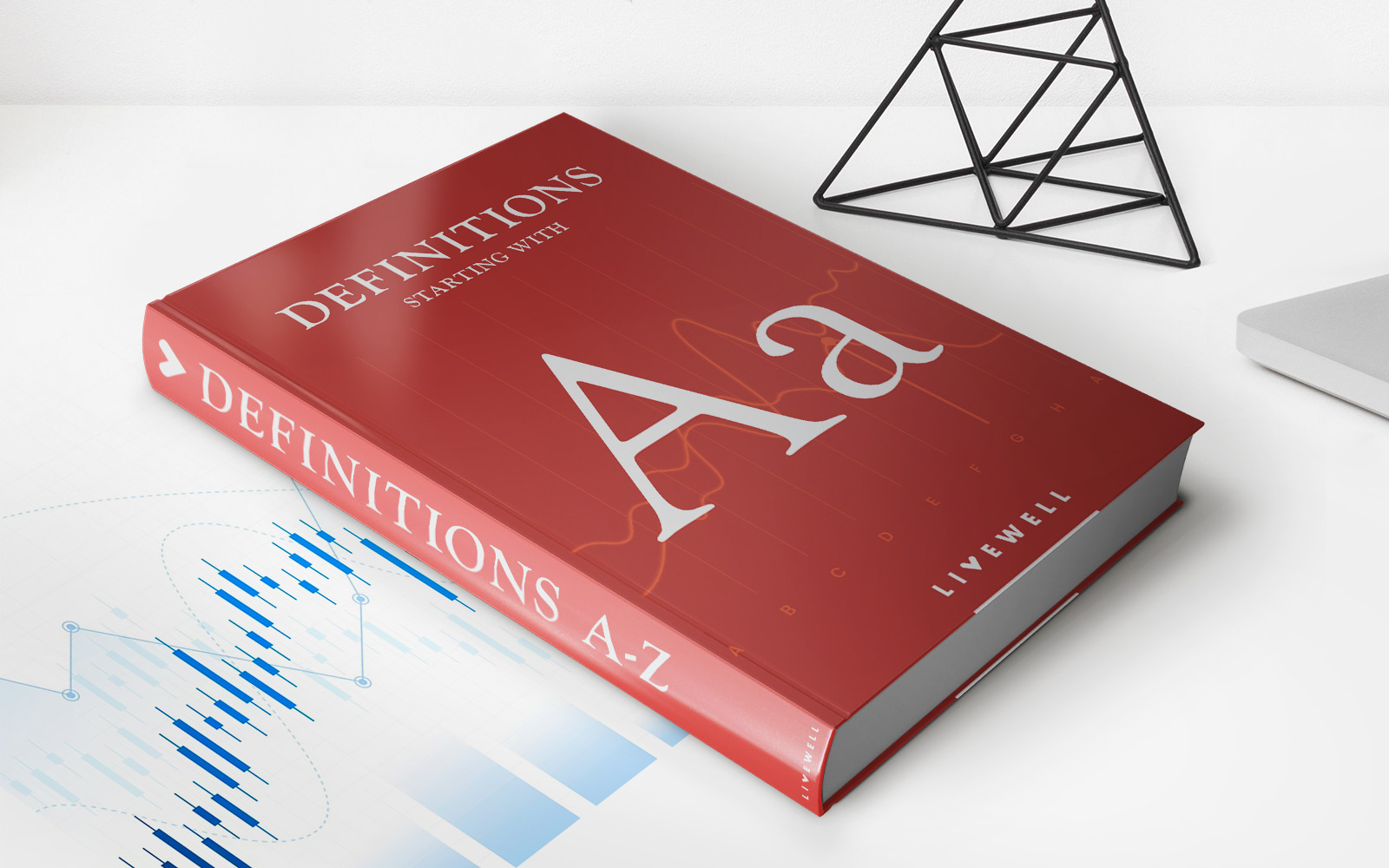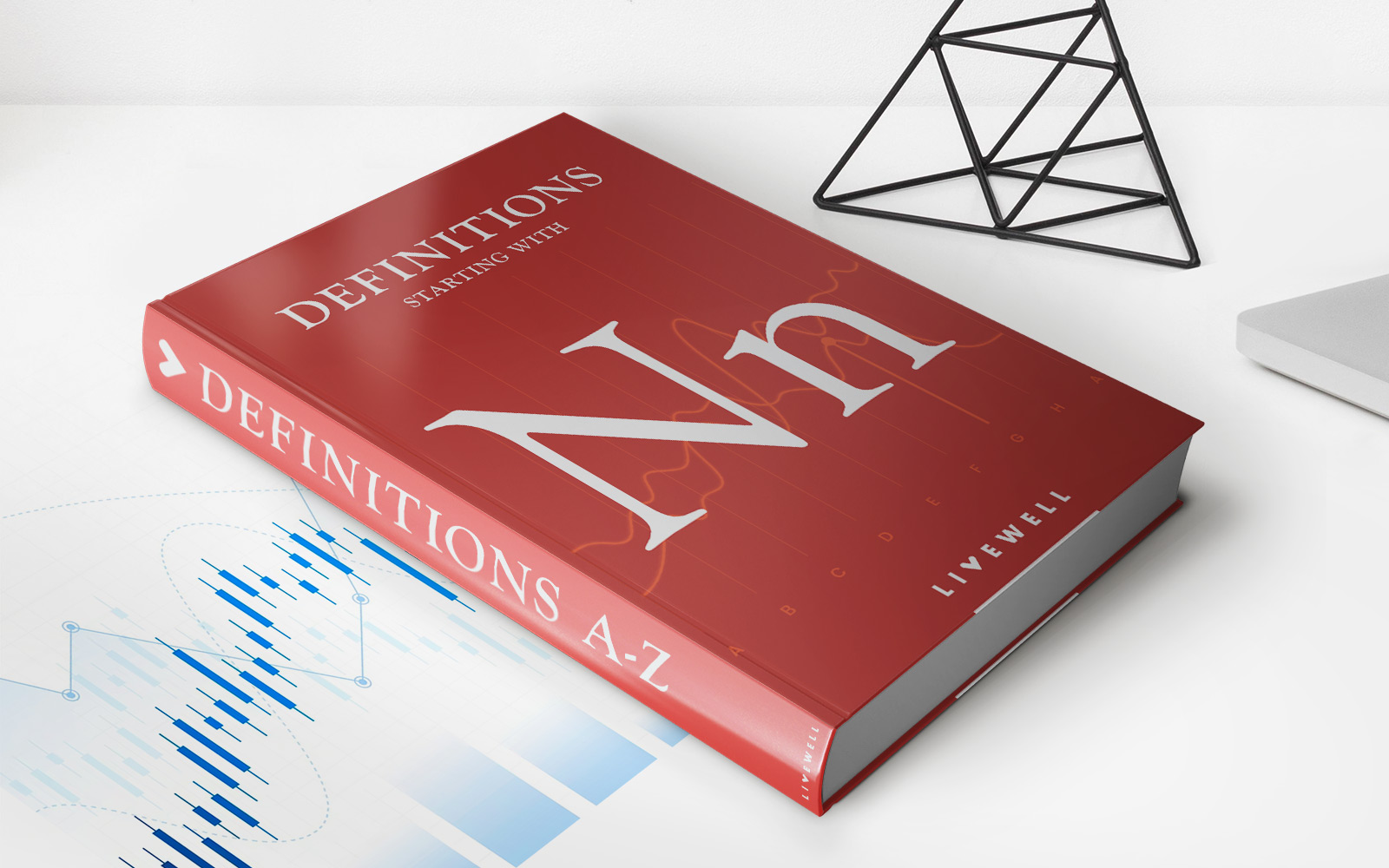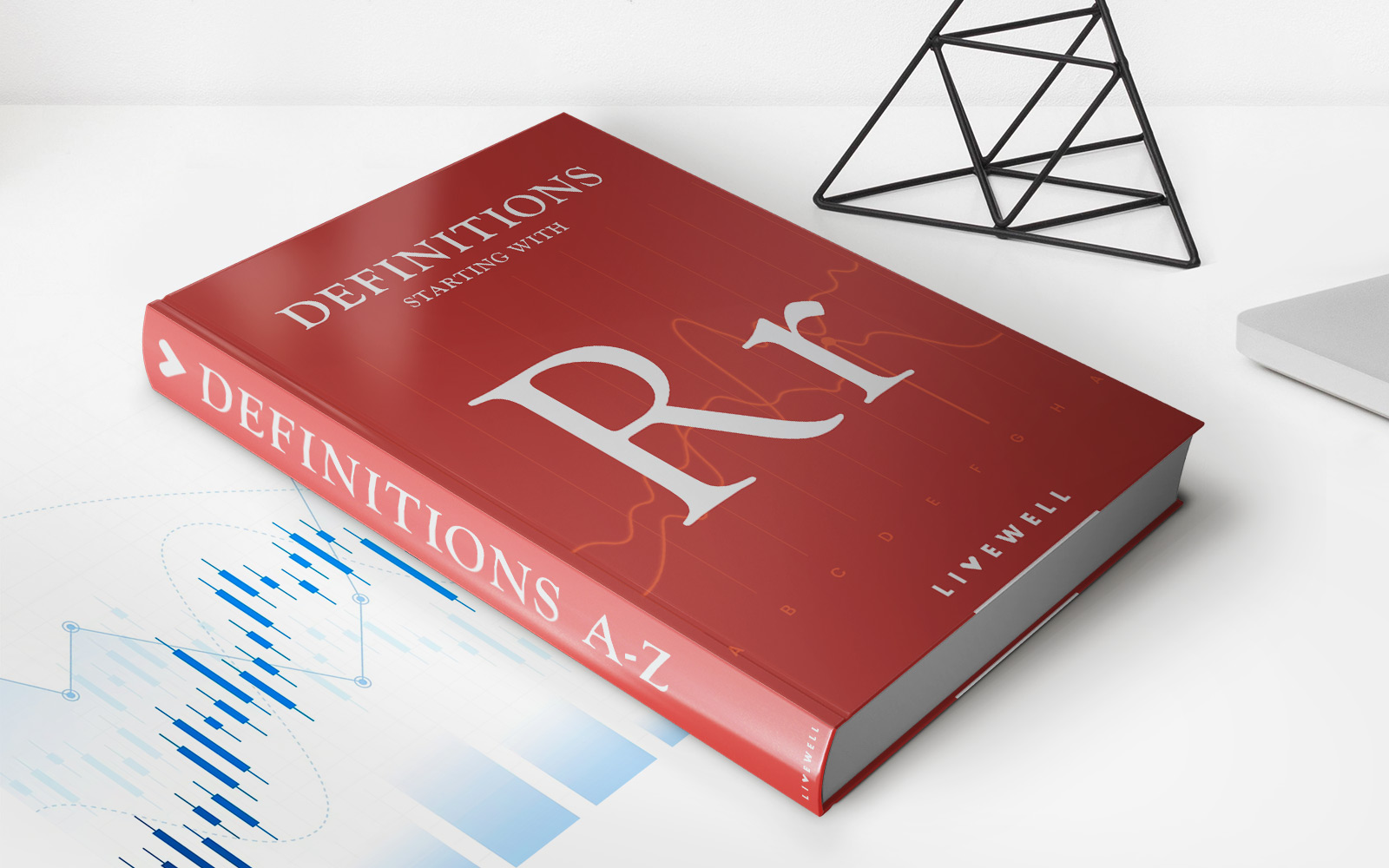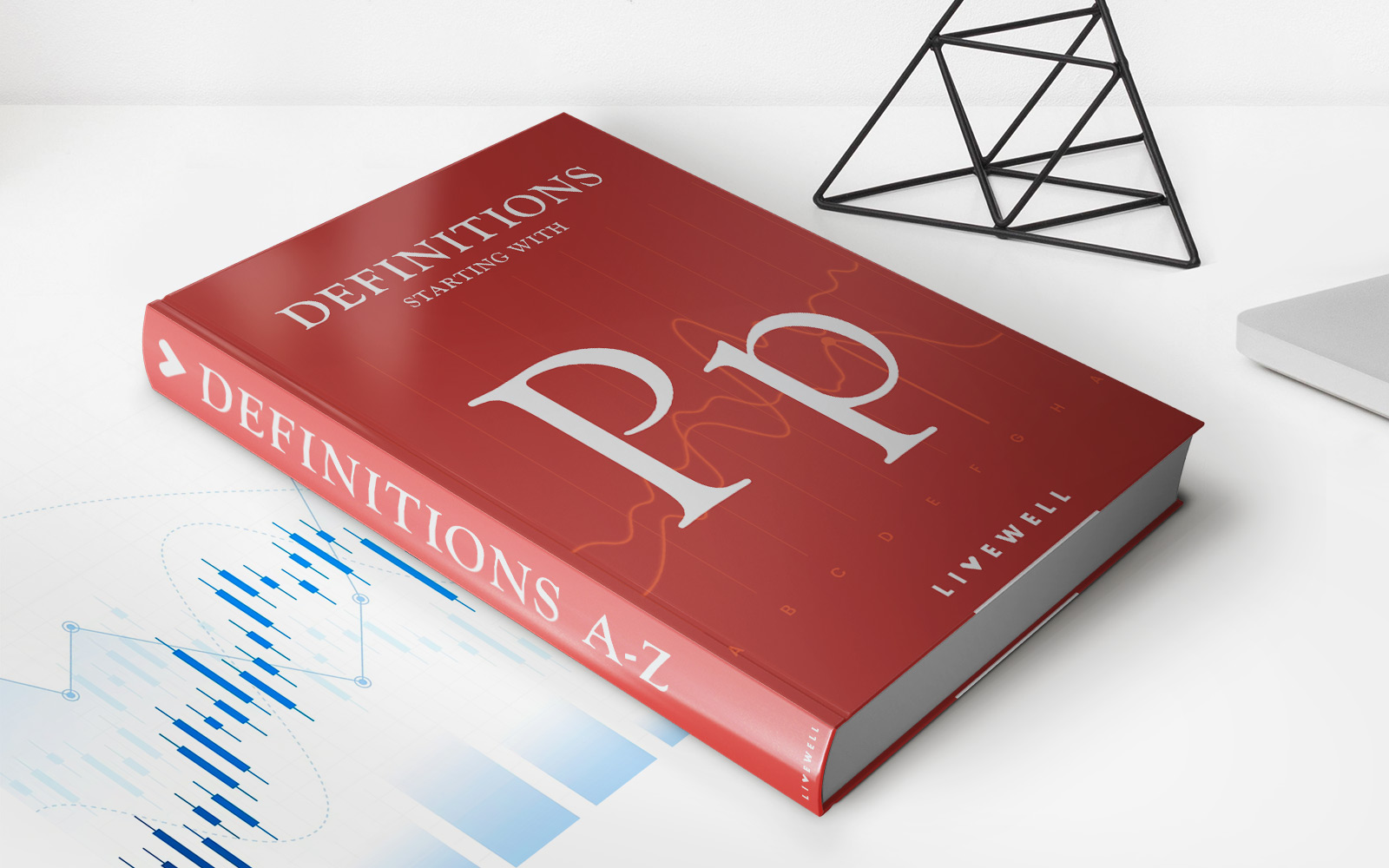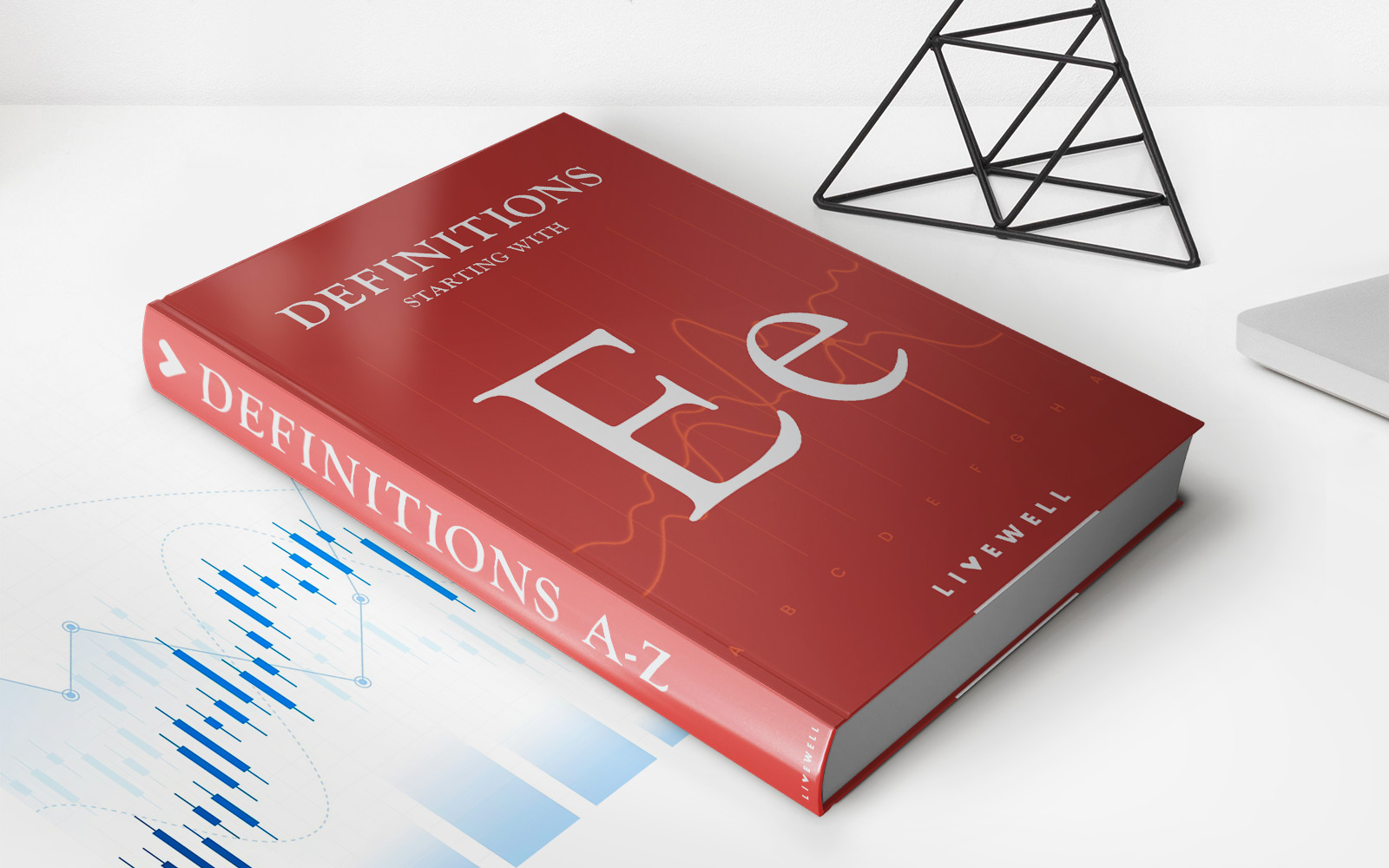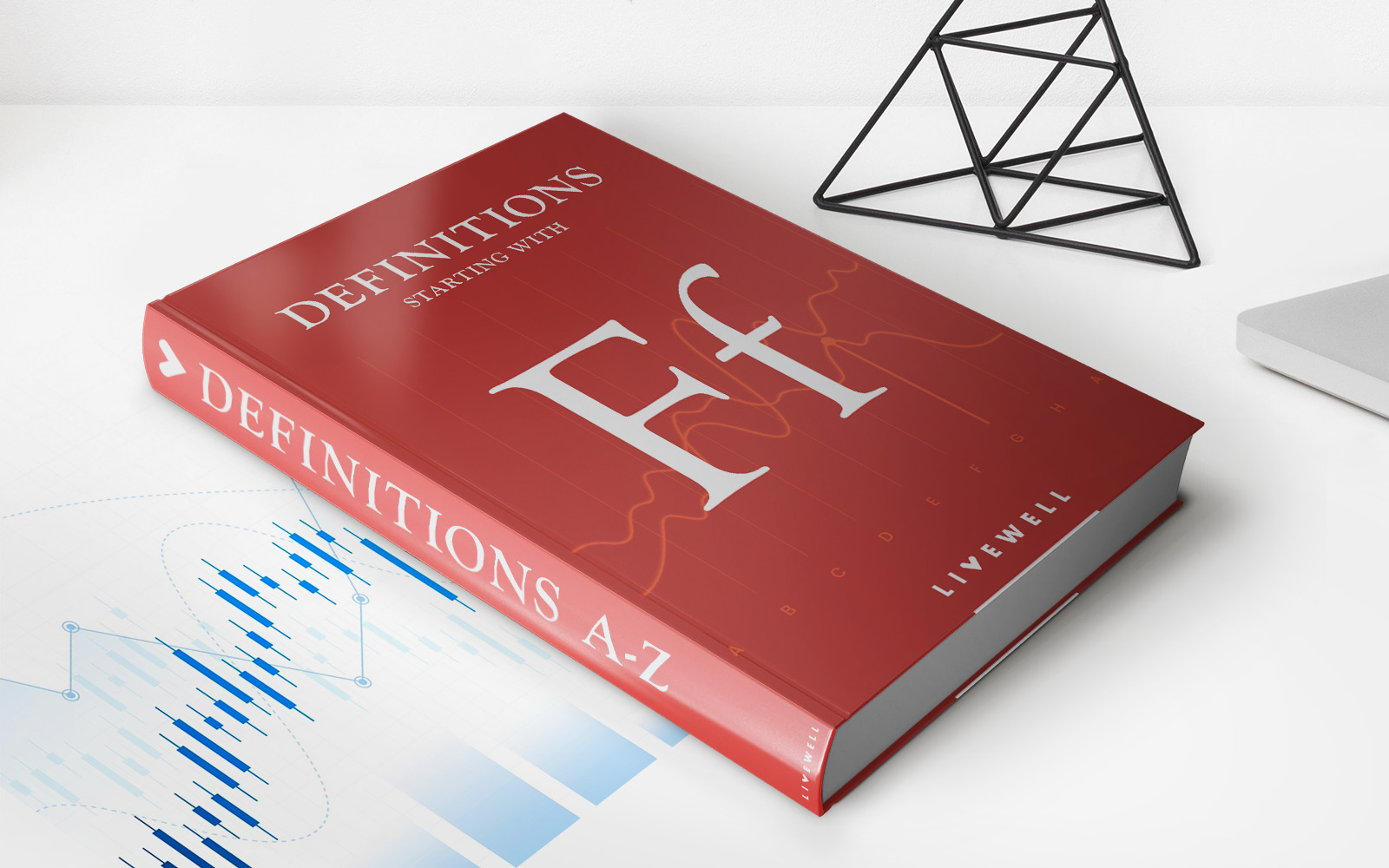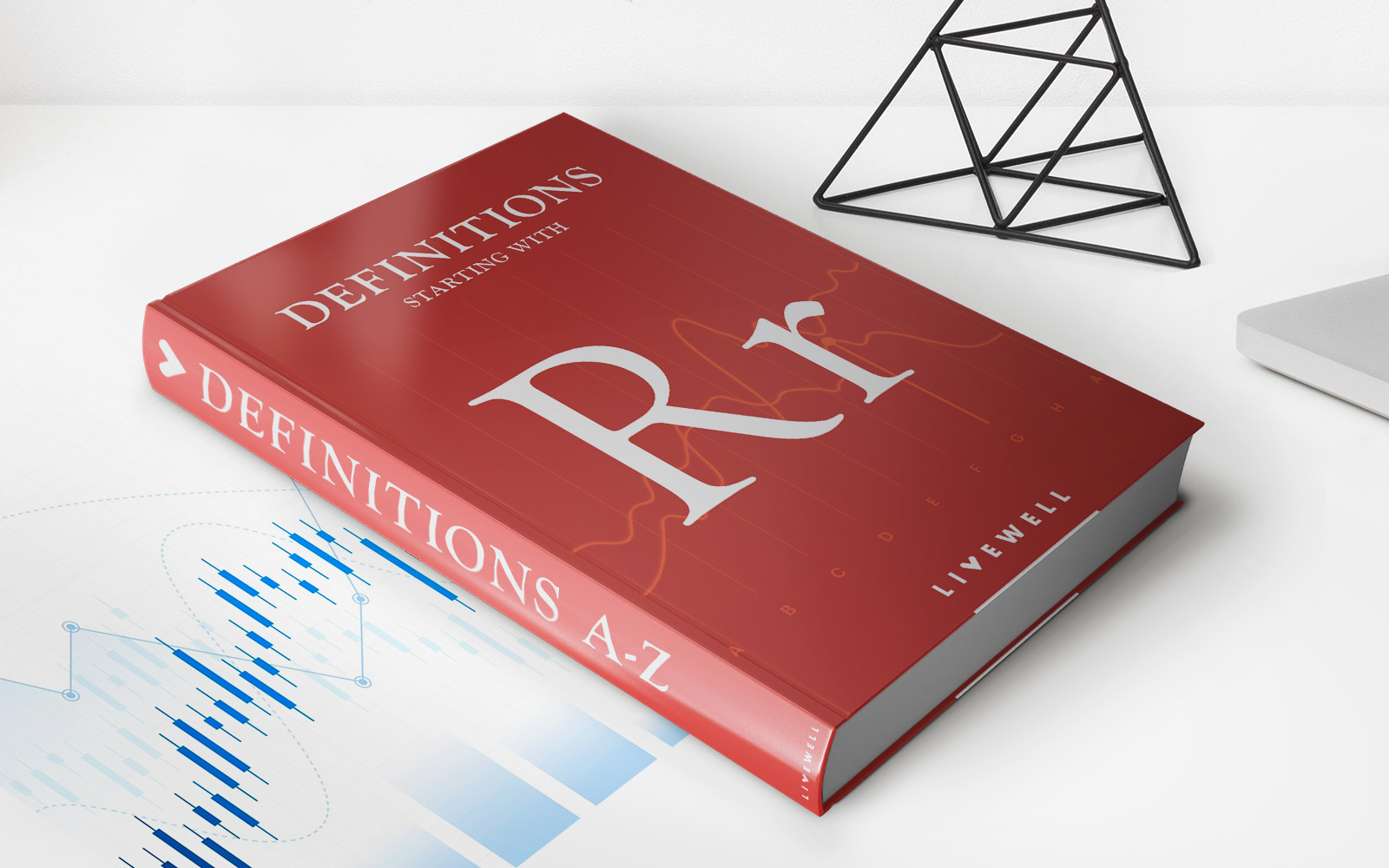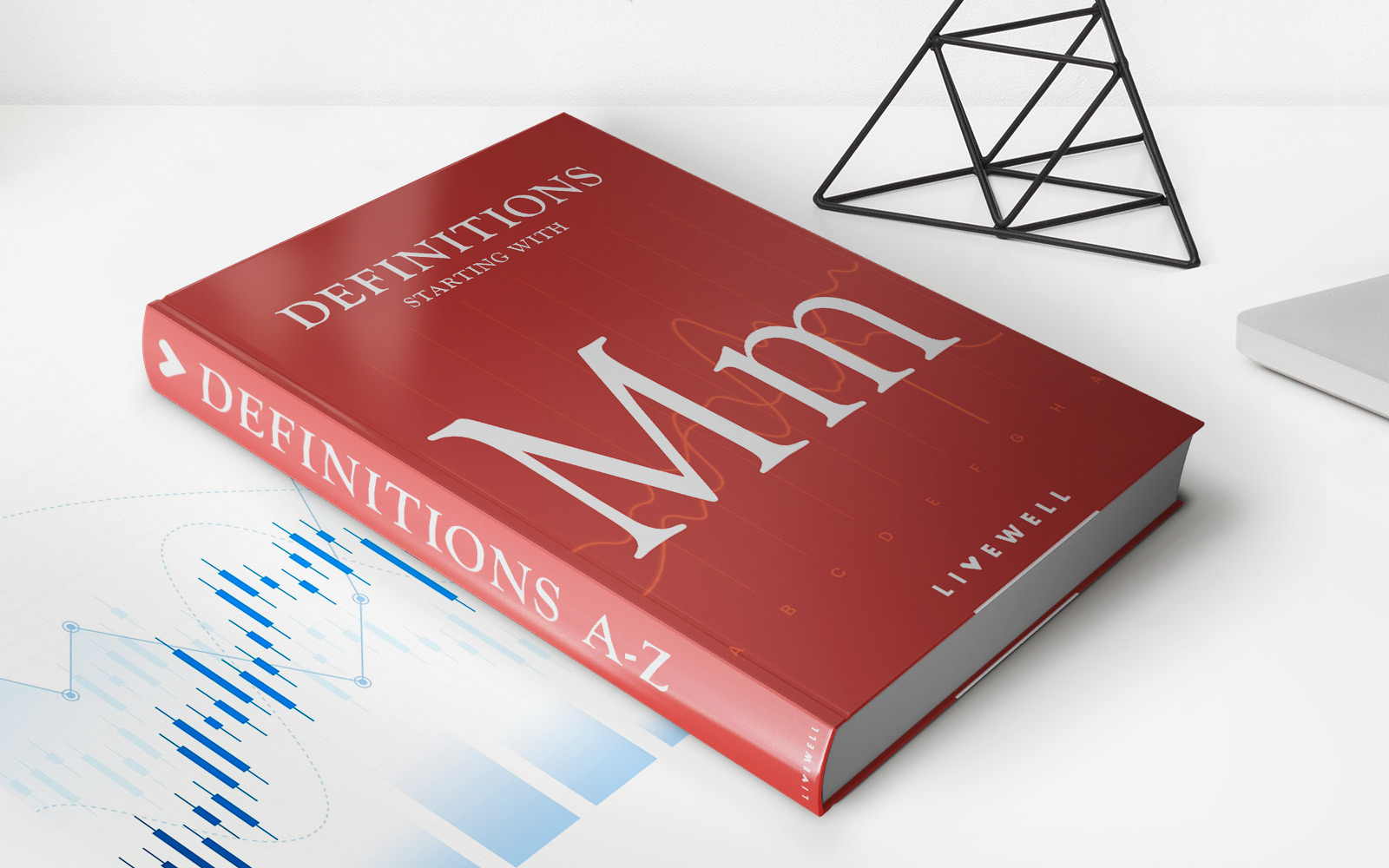

Finance
Monetary Accord Of 1951 Definition
Published: December 26, 2023
Learn the definition of the Monetary Accord of 1951, a significant agreement in the world of finance, ensuring stability and cooperative financial policies.
(Many of the links in this article redirect to a specific reviewed product. Your purchase of these products through affiliate links helps to generate commission for LiveWell, at no extra cost. Learn more)
Understanding the Monetary Accord of 1951 Definition
Finance is a vast and complex field that encompasses a wide range of concepts and terms. As part of our ongoing series on finance, today we are delving into the intricacies of the Monetary Accord of 1951. Haven’t heard of it before? Don’t worry; we’ve got you covered! In this blog post, we will explore the definition, significance, and impact of the Monetary Accord of 1951 in a language that’s easy to understand. So, let’s dive in!
Key Takeaways:
- The Monetary Accord of 1951 was a landmark agreement between the U.S. government and the Federal Reserve System.
- It aimed to strengthen the independence of the Federal Reserve and establish its control over monetary policy.
What is the Monetary Accord of 1951?
The Monetary Accord of 1951 refers to an agreement reached between the U.S. government, specifically the Treasury Department, and the Federal Reserve System. The accord played a crucial role in shaping the modern monetary system in the United States. Its primary objective was to establish the independence of the Federal Reserve and give it greater control over monetary policy.
Before the accord, the U.S. government had significant influence over the Federal Reserve’s decision-making process, mainly through the Treasury Department. This created concerns about the potential politicization of monetary policy and its impact on the economy. The Monetary Accord of 1951 sought to address these concerns by separating monetary policy decisions from political interference.
Under the accord, the Federal Reserve was granted greater autonomy in determining interest rates and managing the money supply. This enabled the central bank to focus on maintaining price stability and supporting sustainable economic growth. Consequently, the Federal Reserve’s mandate to promote maximum employment and stable prices became its primary responsibility.
Significance and Impact
The Monetary Accord of 1951 had several significant implications for the U.S. economy:
- Independence of the Federal Reserve: The accord strengthened the independence of the Federal Reserve by separating it from direct government control. This move aimed to shield monetary policy decisions from short-term political pressures while promoting long-term economic stability.
- Increased Transparency: The agreement facilitated greater transparency in the decision-making process of the Federal Reserve. It enhanced public trust by ensuring that monetary policy decisions were made based on economic considerations rather than political motivations.
- Price Stability: With greater independence, the Federal Reserve could focus on maintaining price stability as a central pillar of monetary policy. This stability is essential for ensuring a predictable environment for businesses and individuals, promoting investment and economic growth.
- Enhanced Credibility: By granting the Federal Reserve control over monetary policy, the accord enhanced the credibility of the central bank. This credibility is vital for the effectiveness of monetary policy, as market participants are more likely to trust and act upon the decisions and signals provided by a credible institution.
Conclusion
The Monetary Accord of 1951 played a pivotal role in shaping the modern monetary system in the United States. By establishing the independence of the Federal Reserve and granting it control over monetary policy, the accord set the stage for a more transparent, credible, and stable economic environment. Understanding this significant agreement is key to comprehending the dynamics of the U.S. financial system and its impact on the broader economy.
We hope this blog post has provided you with a comprehensive understanding of the Monetary Accord of 1951. Feel free to explore more articles in our “FINANCE” category for valuable insights into the world of finance.
